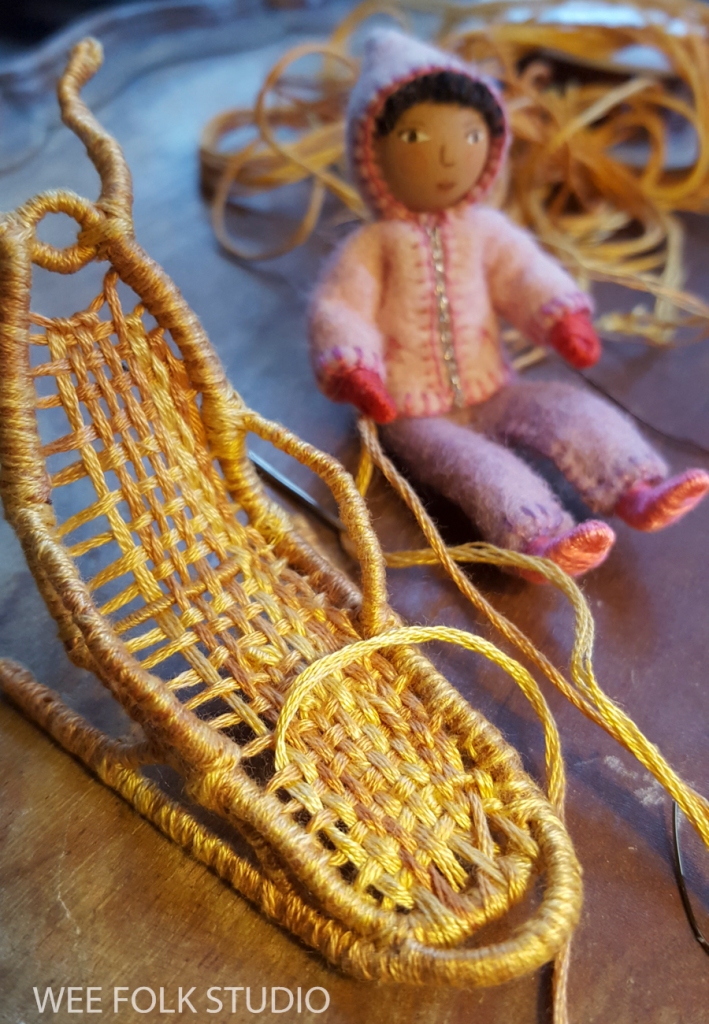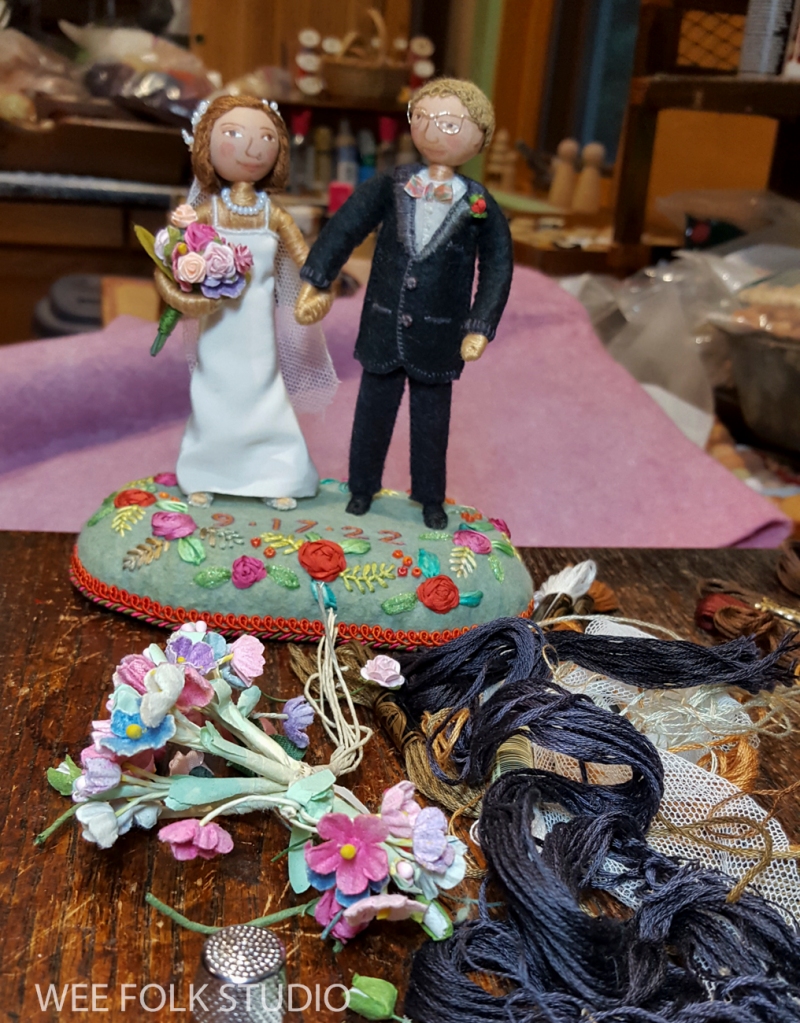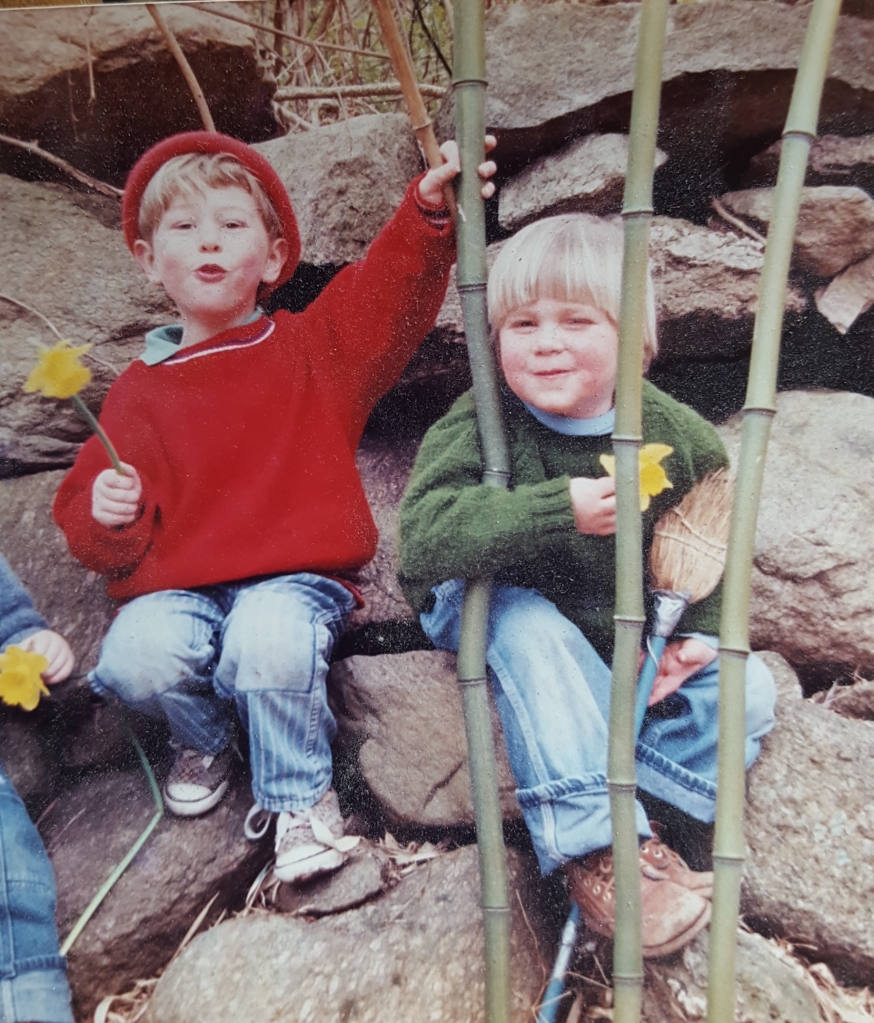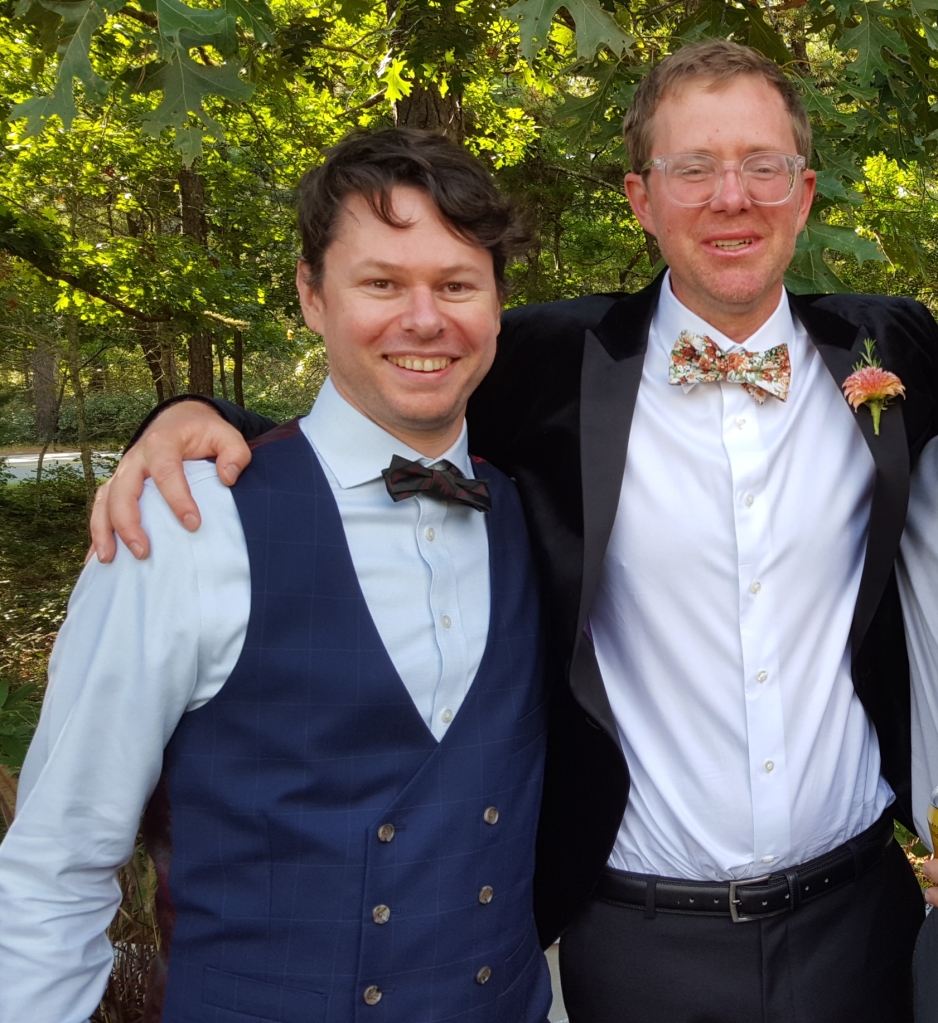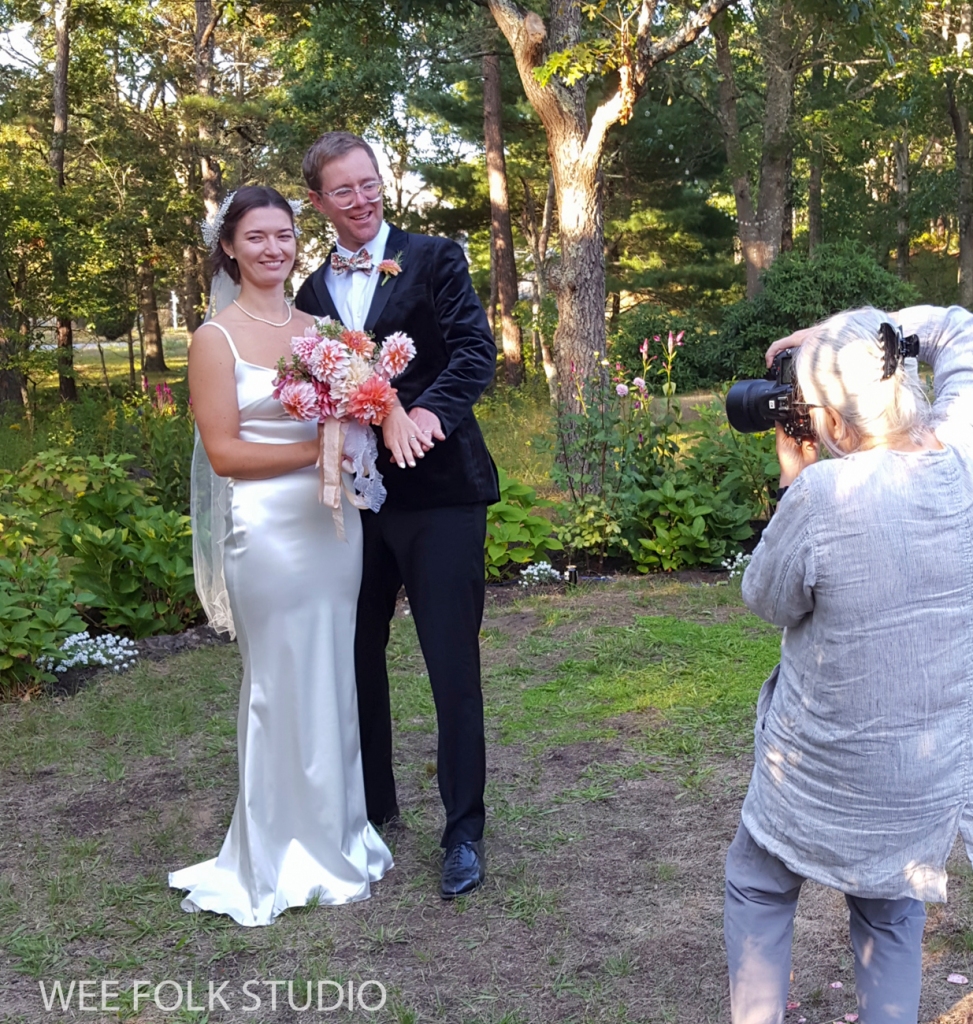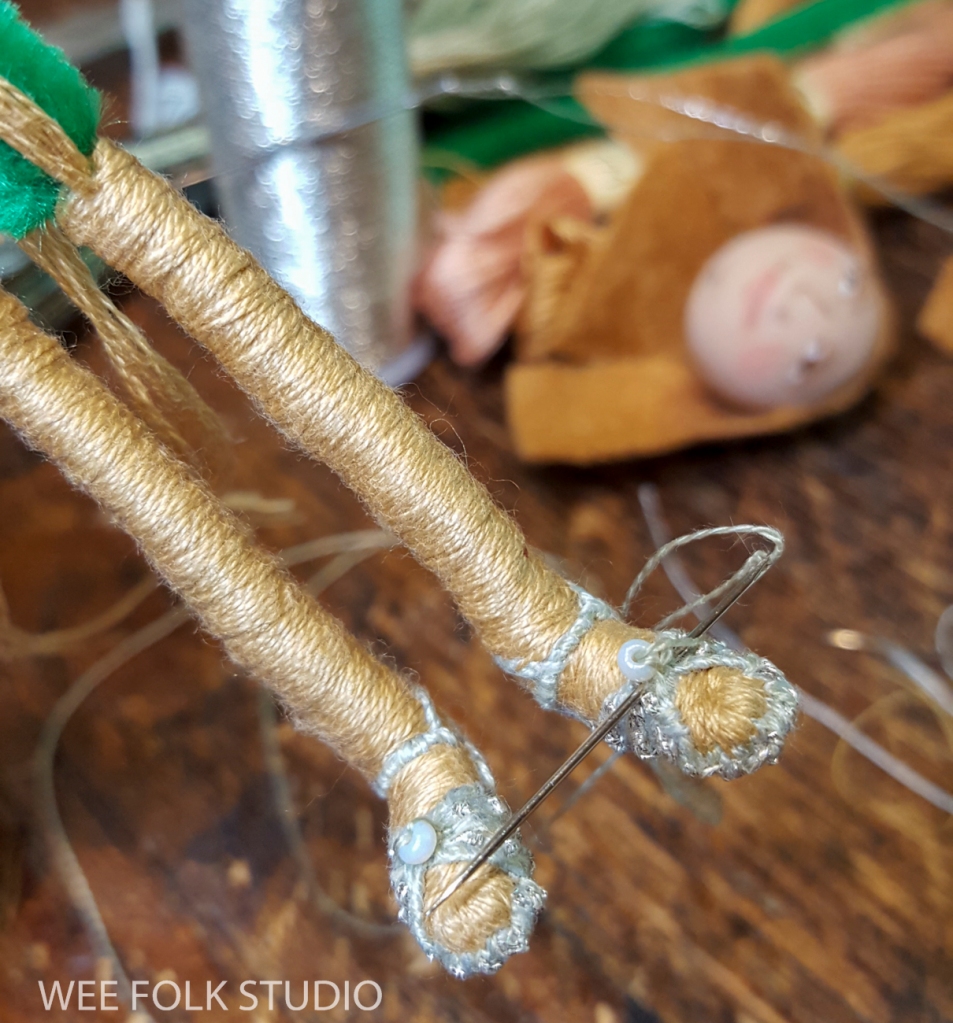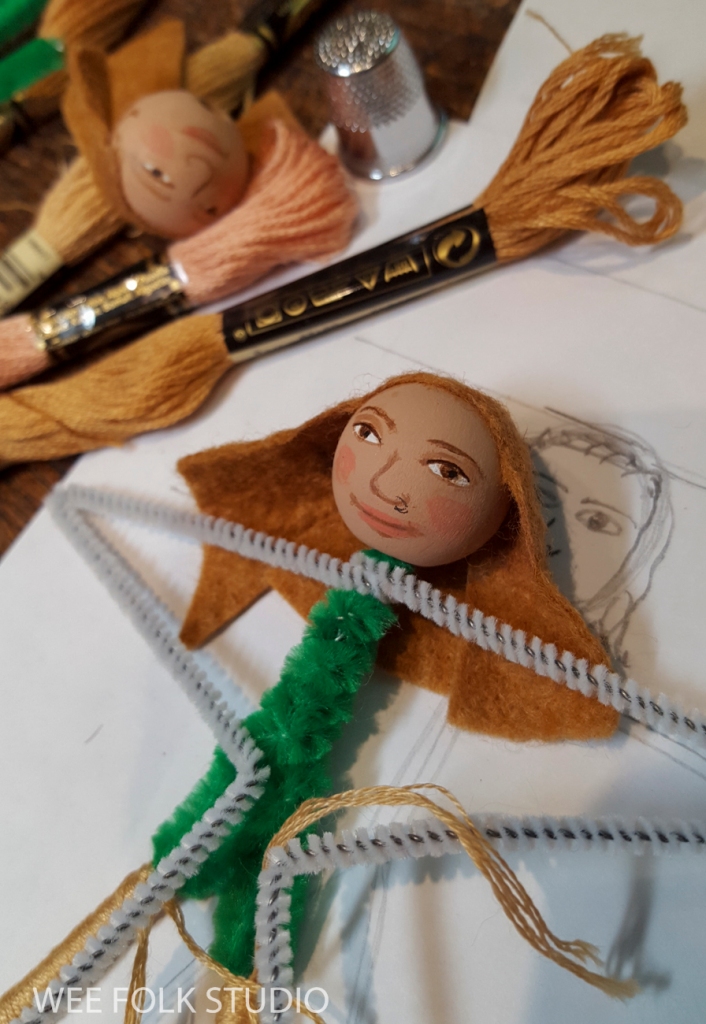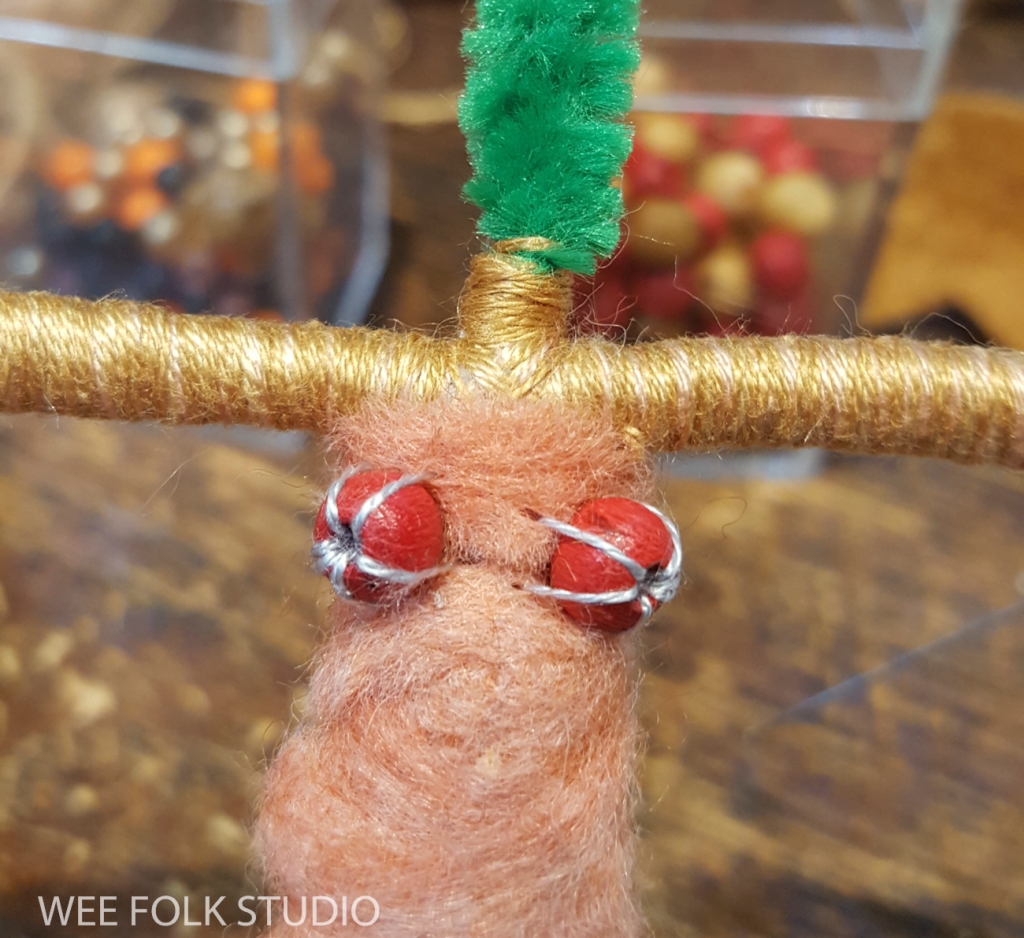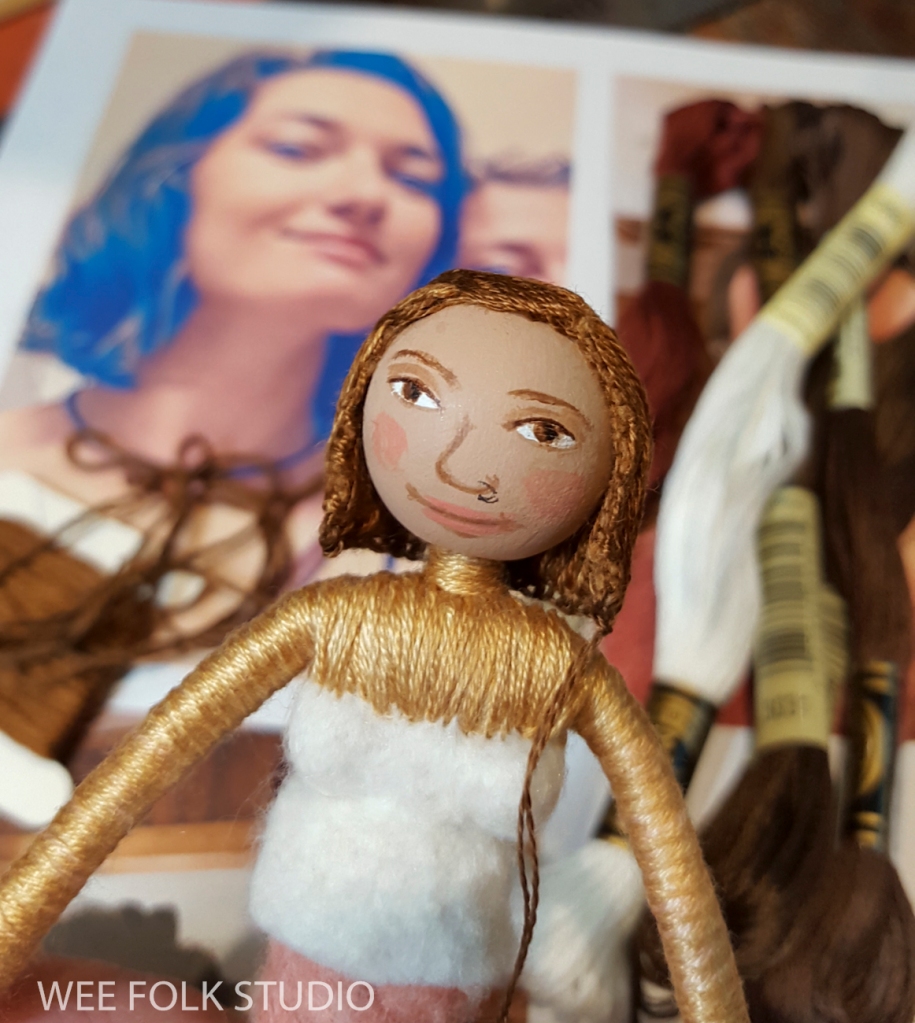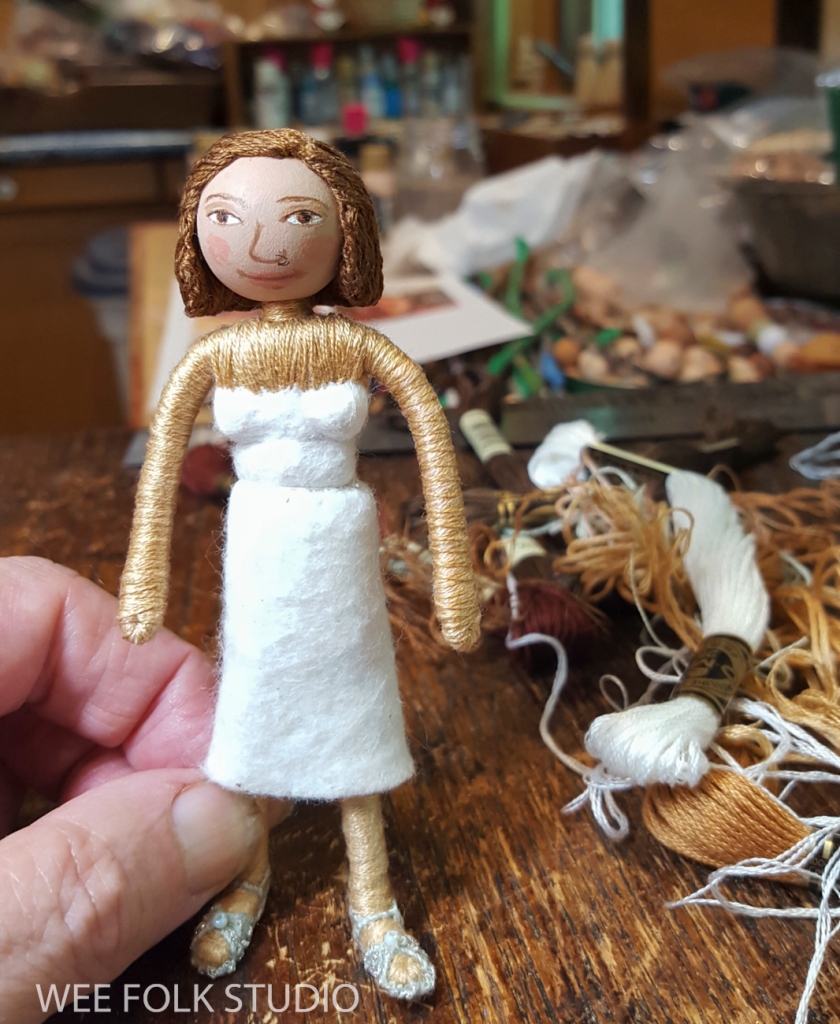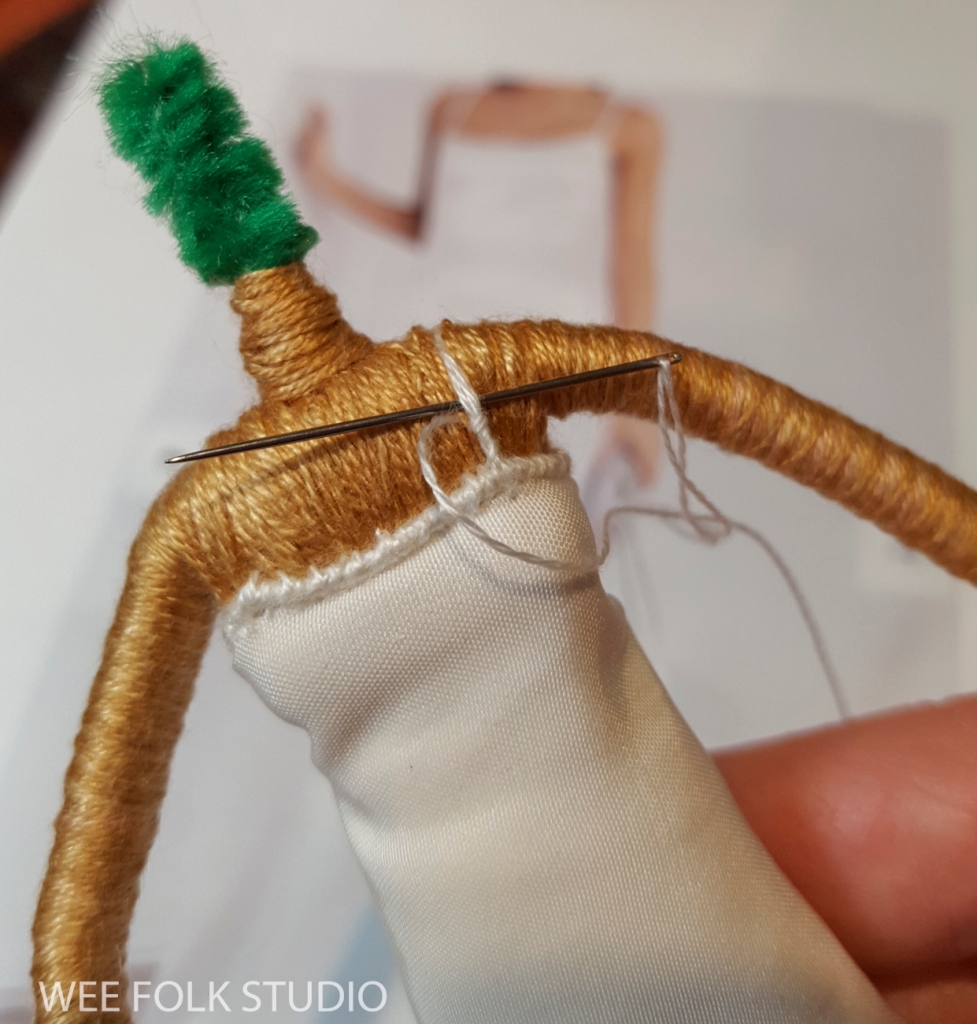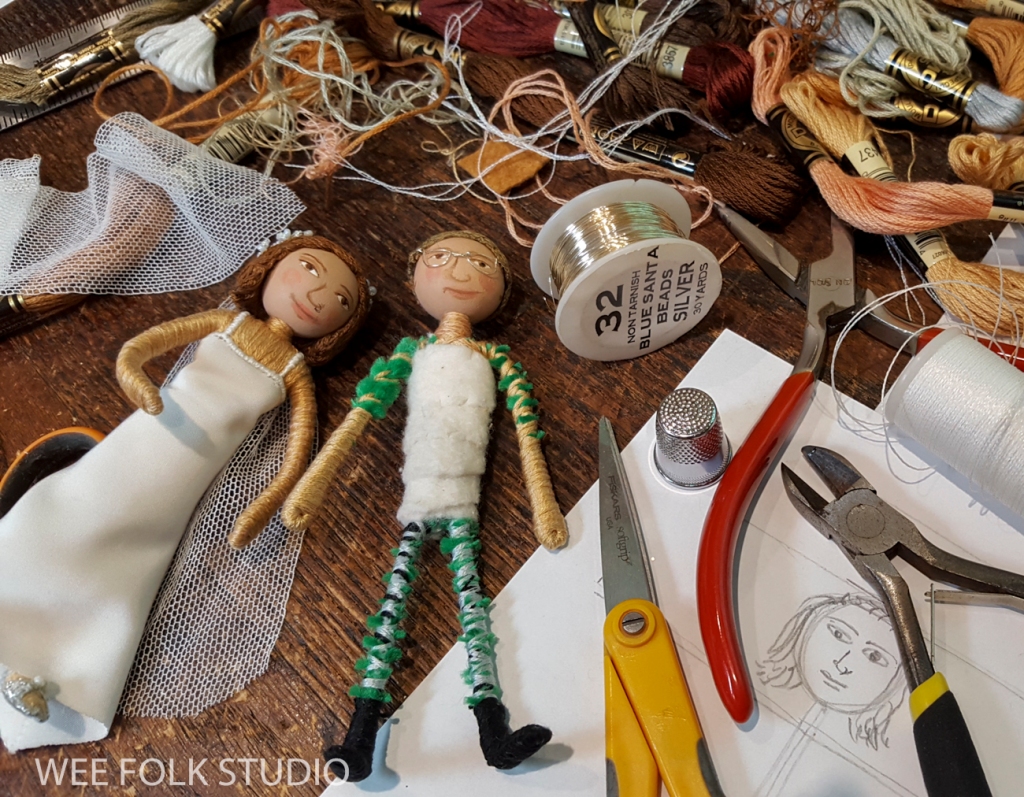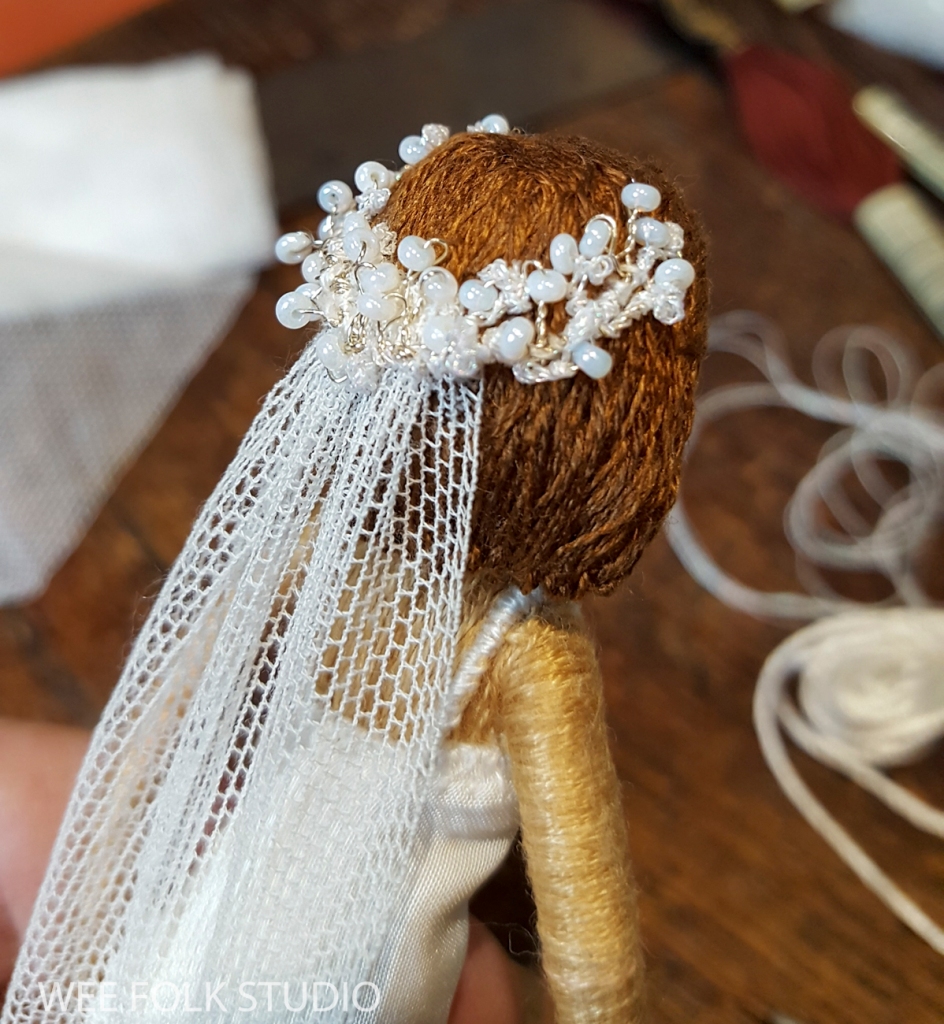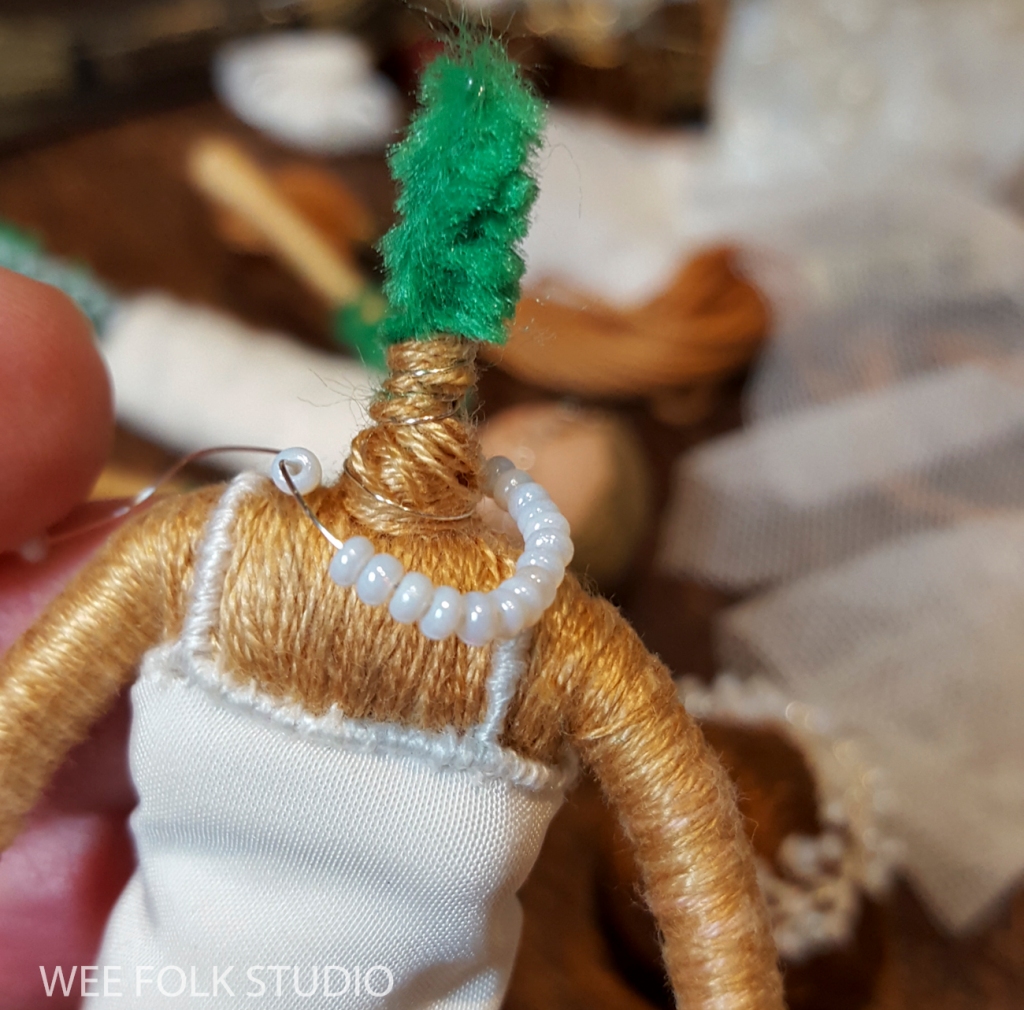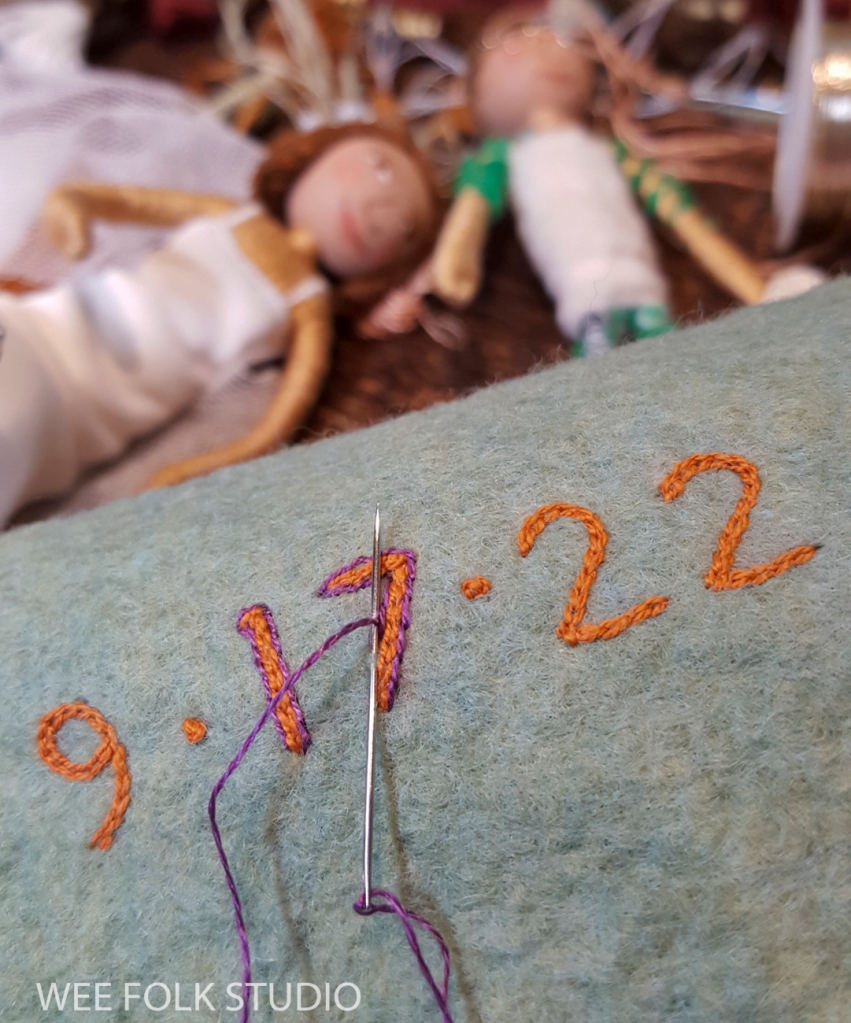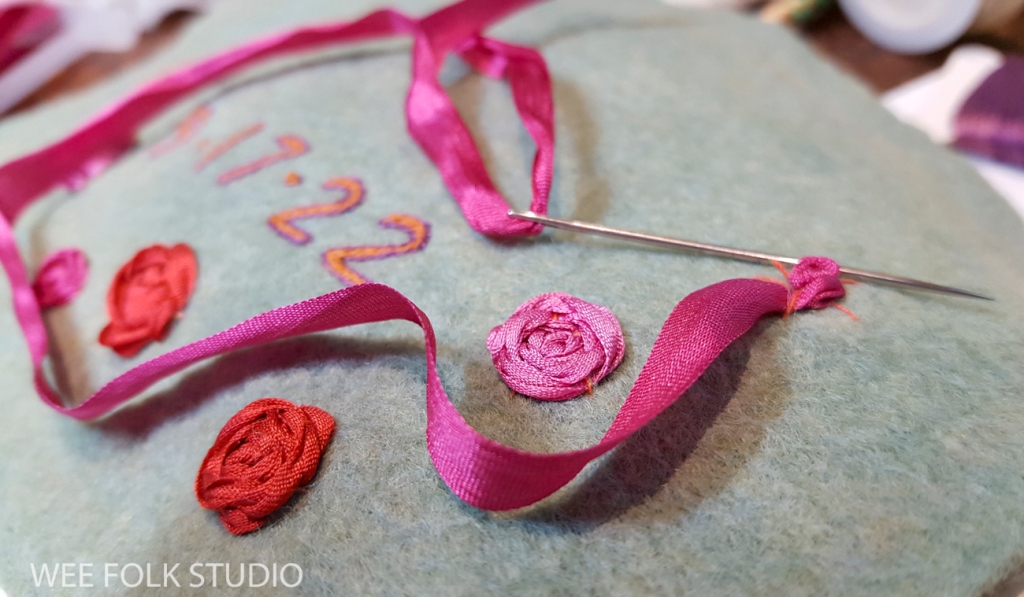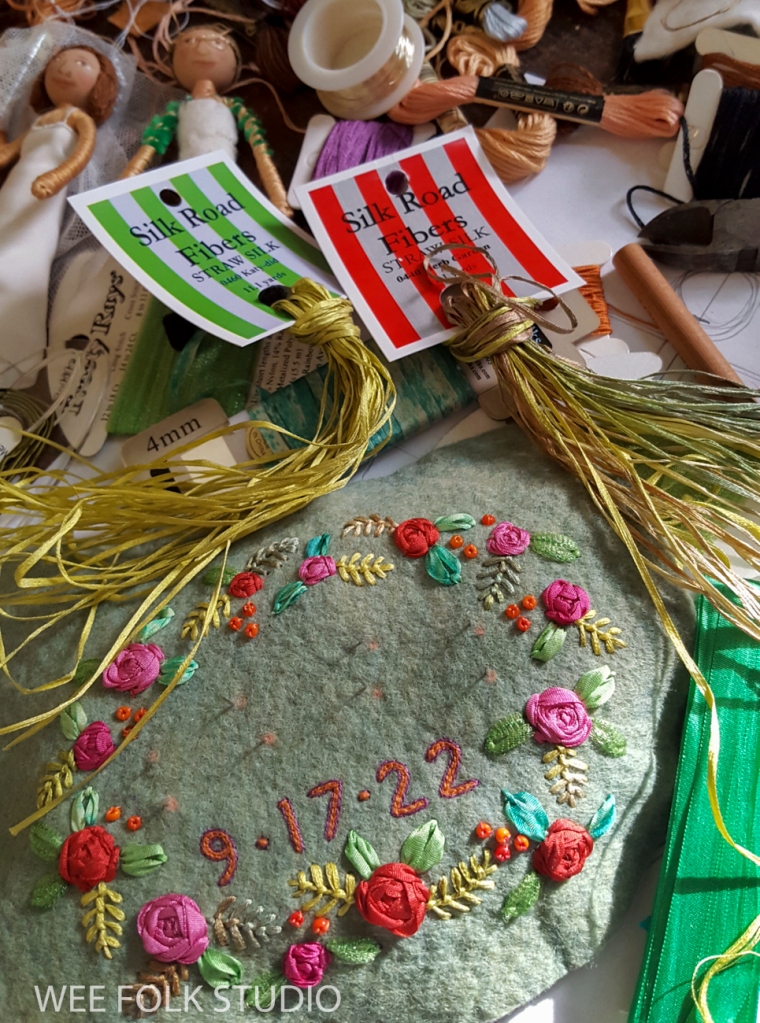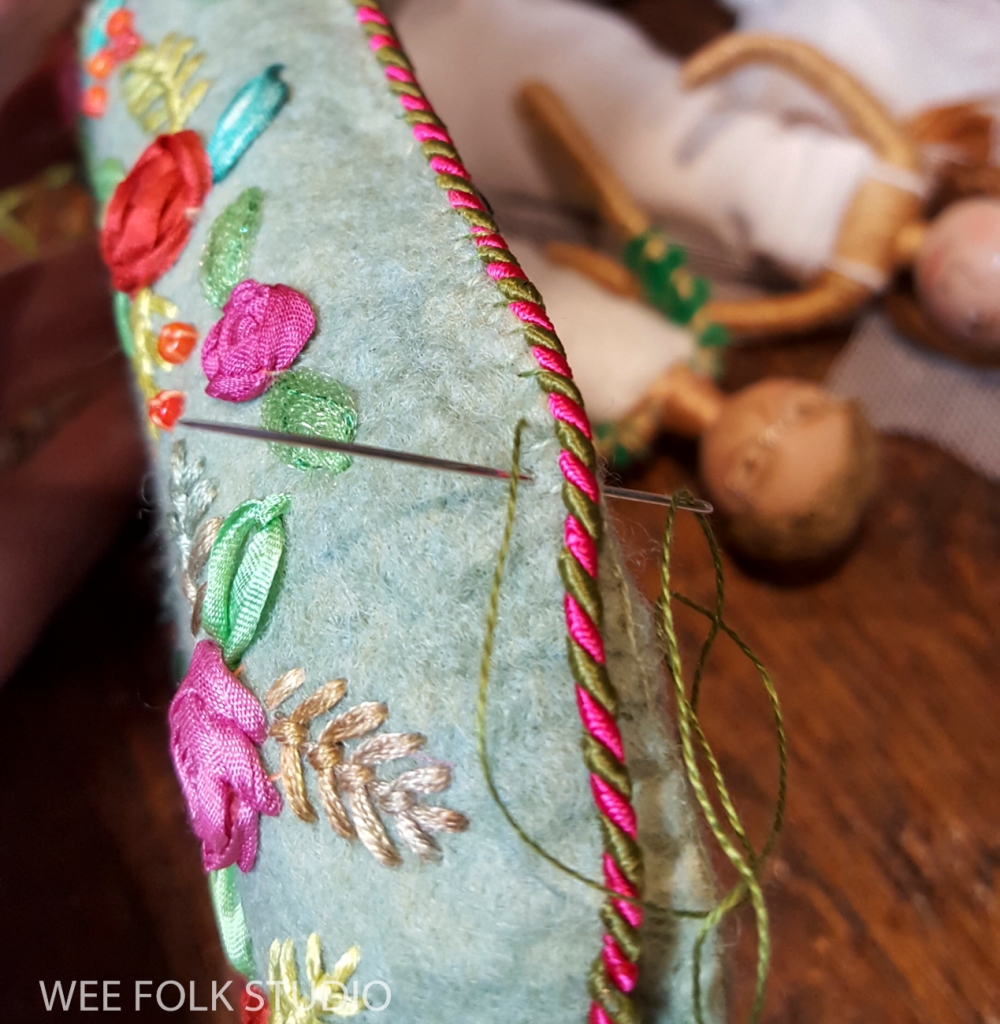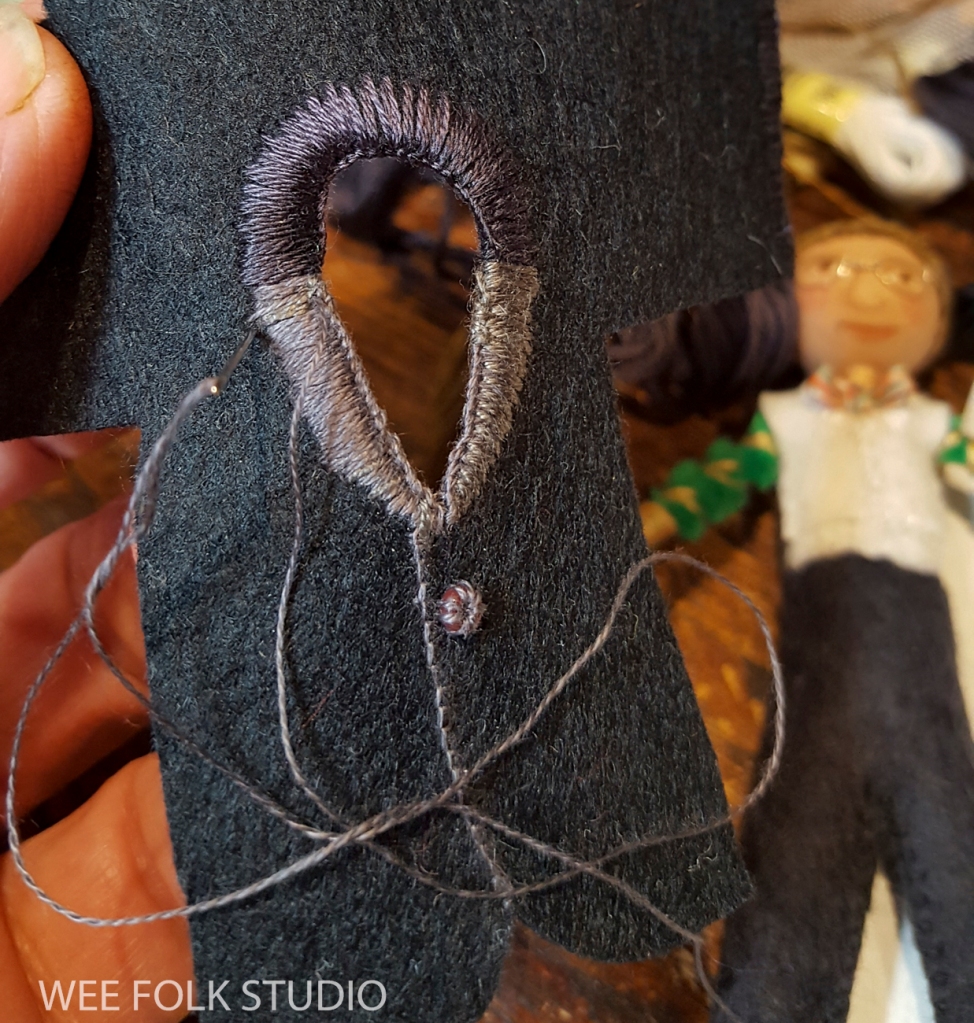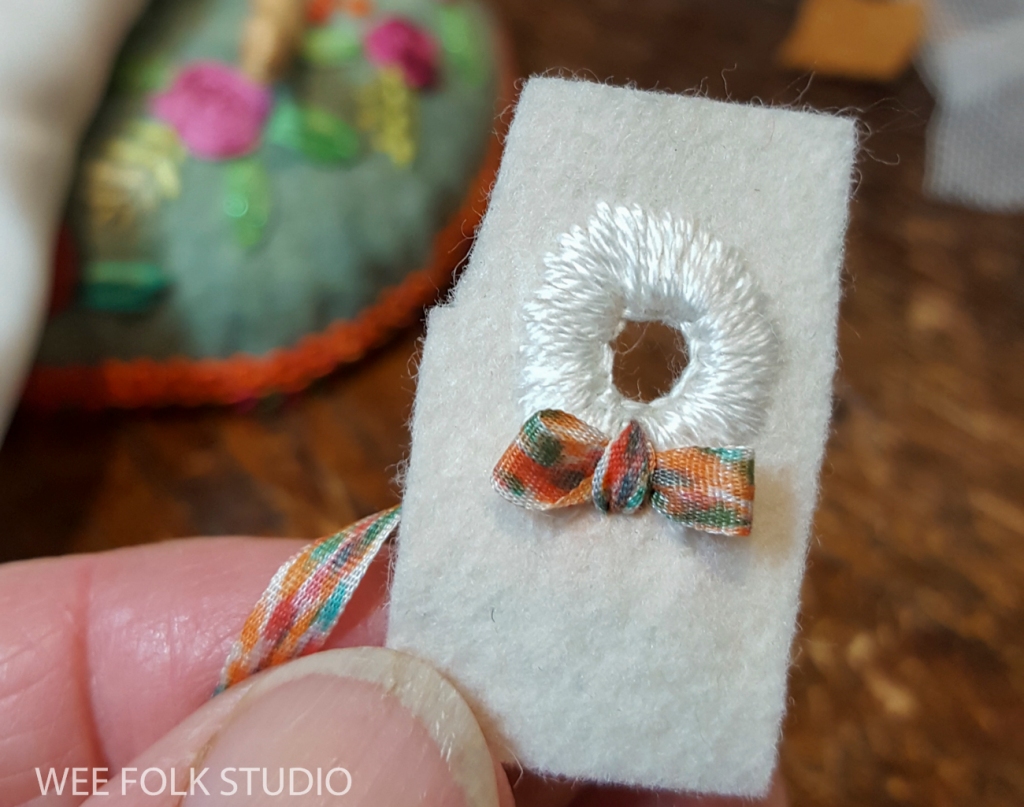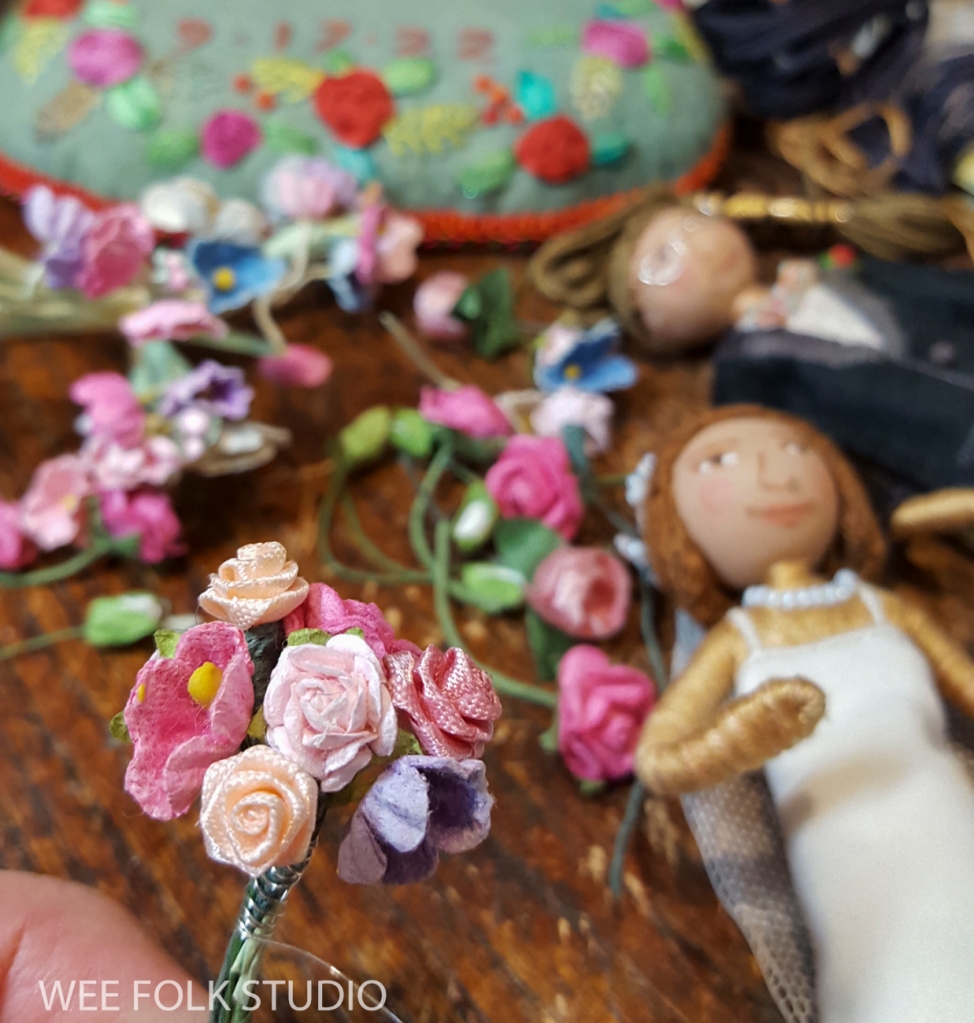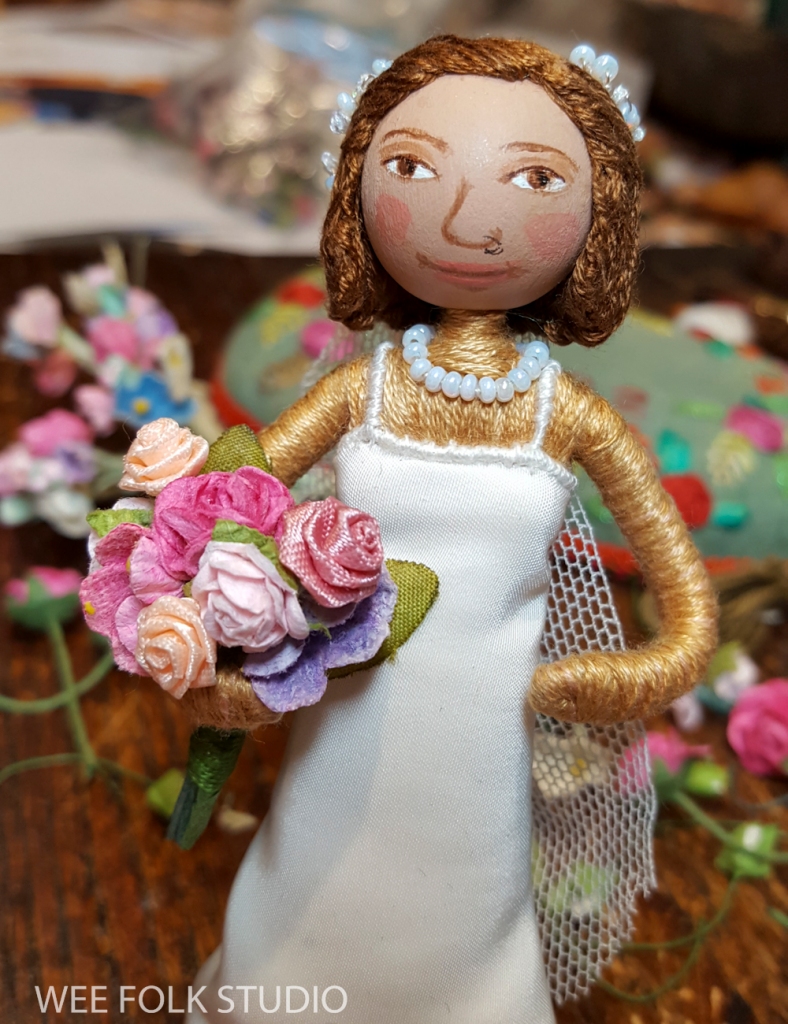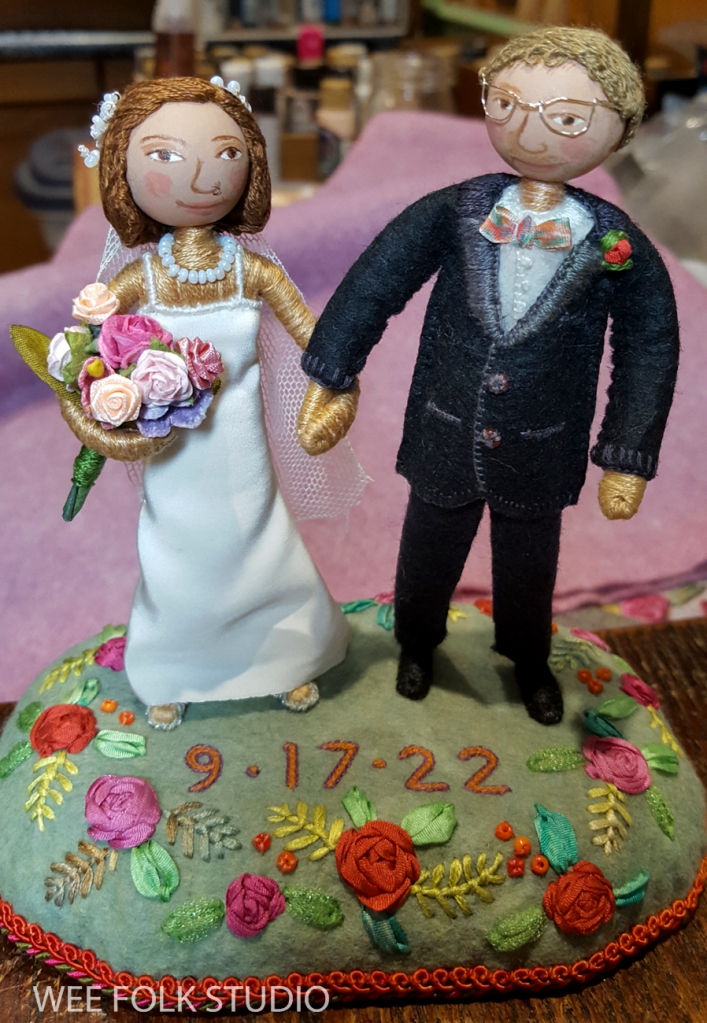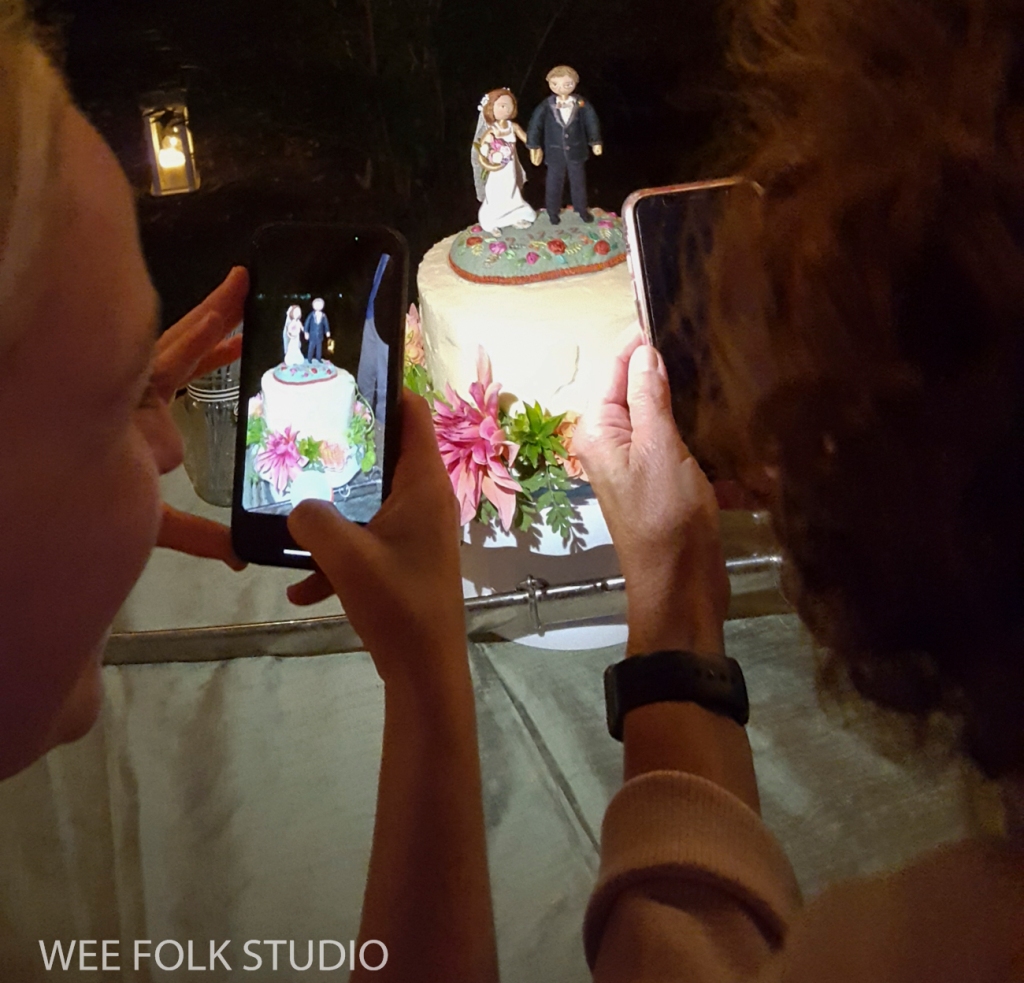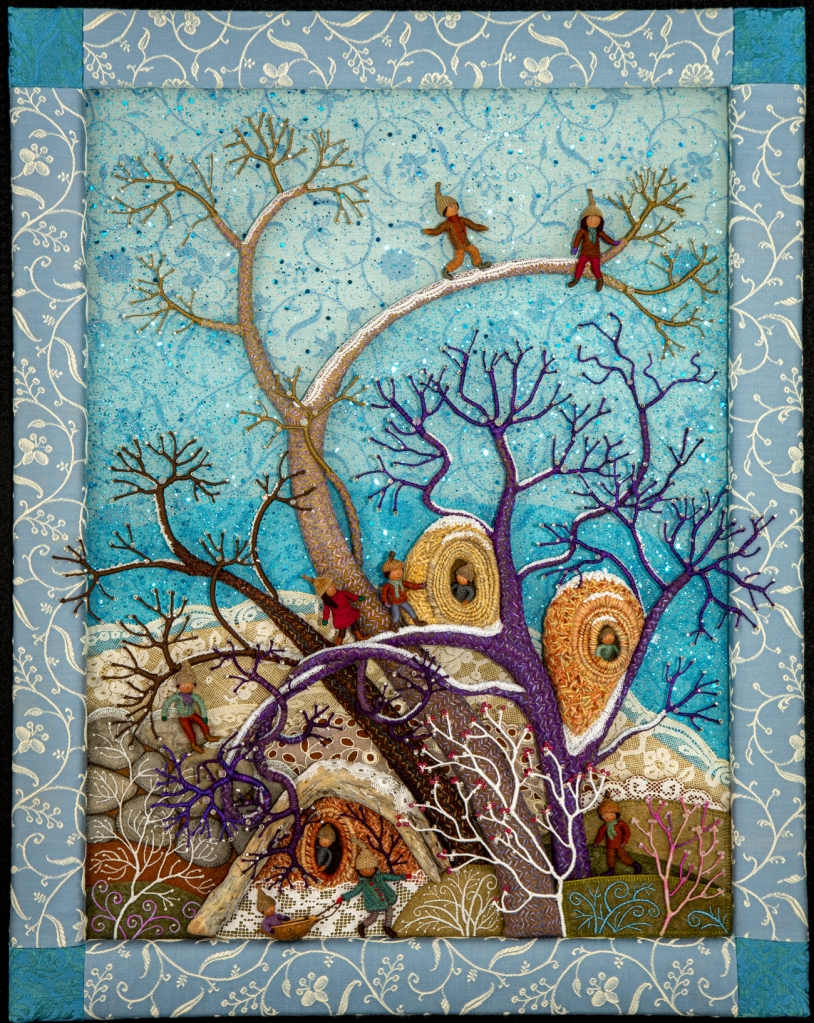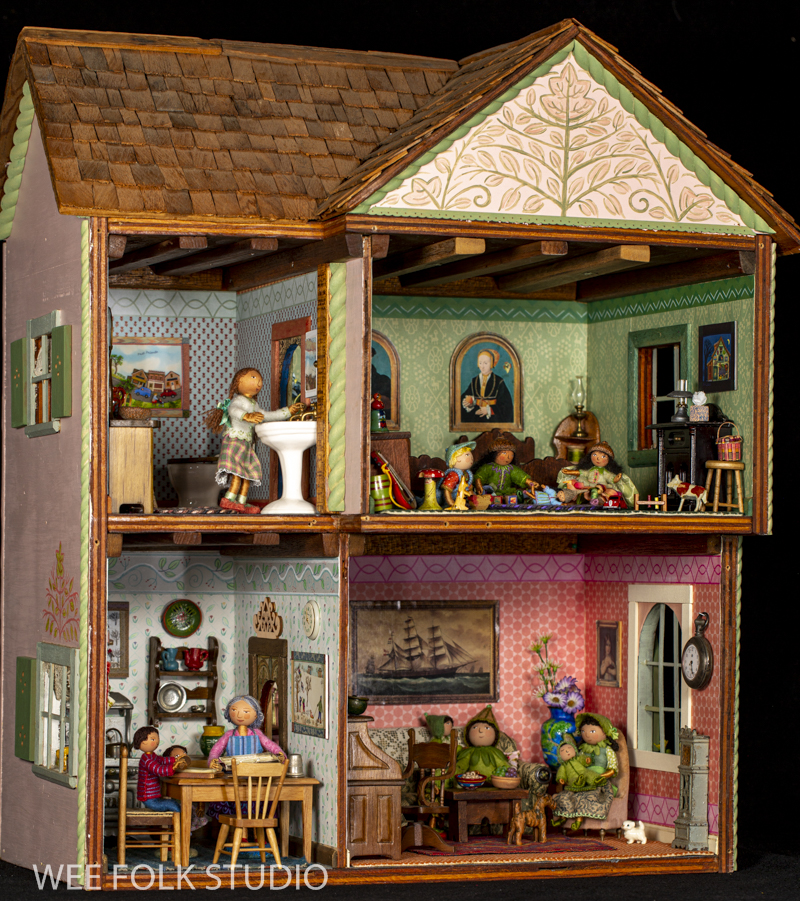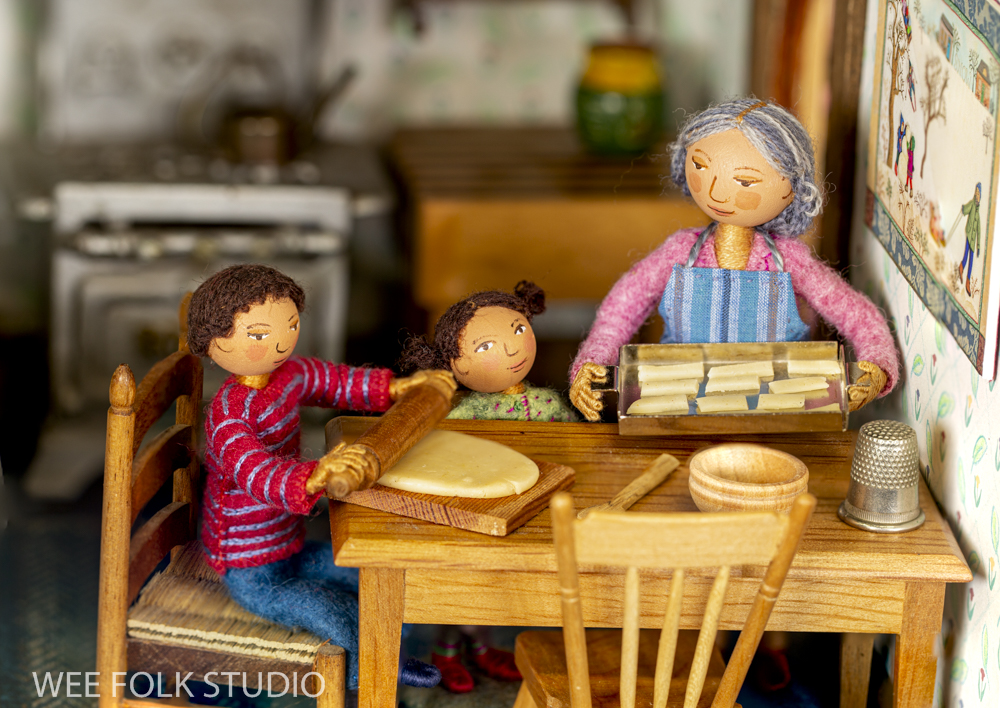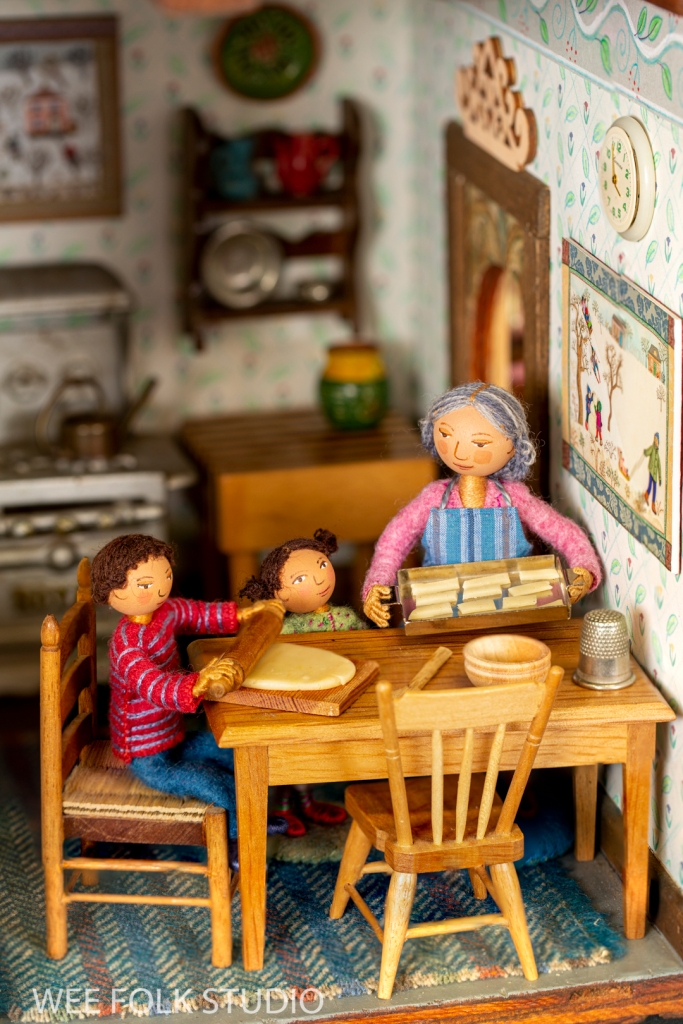Here we are again, at the dawn of a new year! As usual, 2023 flew by so fast that it’s hard to comprehend how we could have passed through all four seasons already! For me, it was a year full of blessings and opportunities, both personally and professionally, highlighted by the arrival of a new family member, new artwork, new exhibitions and new products in my shop.

Thank you to all of you who follow this blog and take an interest in my work and life as an artist. As we enter its 15th year, I marvel at the constant influx of new subscribers every day! According to some, the blog format has faded in popularity compared to other fast and flashy social media platforms, but not here. The slow, in-depth, and thoughtful way of writing posts with pictures is more in keeping with my style of working. My Facebook and Instagram pages attract more visitors, but I’m constantly directing people to my blog because this is where you’re more likely to find out about what I do and why I do it, not just a little snippet of the story. So, now that you’re here, please come along as I review the past 12 months and share posts (linked in bold blue letters) published in 2023.

The most significant event in my life this year was the birth of our grandson, Elias in January. During the winter and spring, he and I covered many miles strolling on the bike path behind his house, while I sang every song I could remember. Though, I did manage to get some work done in the studio, including a baby banner with his name, birth date and weight.
Baby Banner for Elias shows how I created the felt banner, including correcting a misspelling.
WINTER DISPLAY at BOSTON CHILDREN’S HOSPITAL
I was thrilled to be invited to set up a display at the Boston Children’s Museum last winter. The snow scene was populated with sample dolls from the Winter Play chapter of my how-to book, Felt Wee Folk: New Adventures.
Boston Children’s Hospital Installation shows a practice set-up of the scene in my studio.
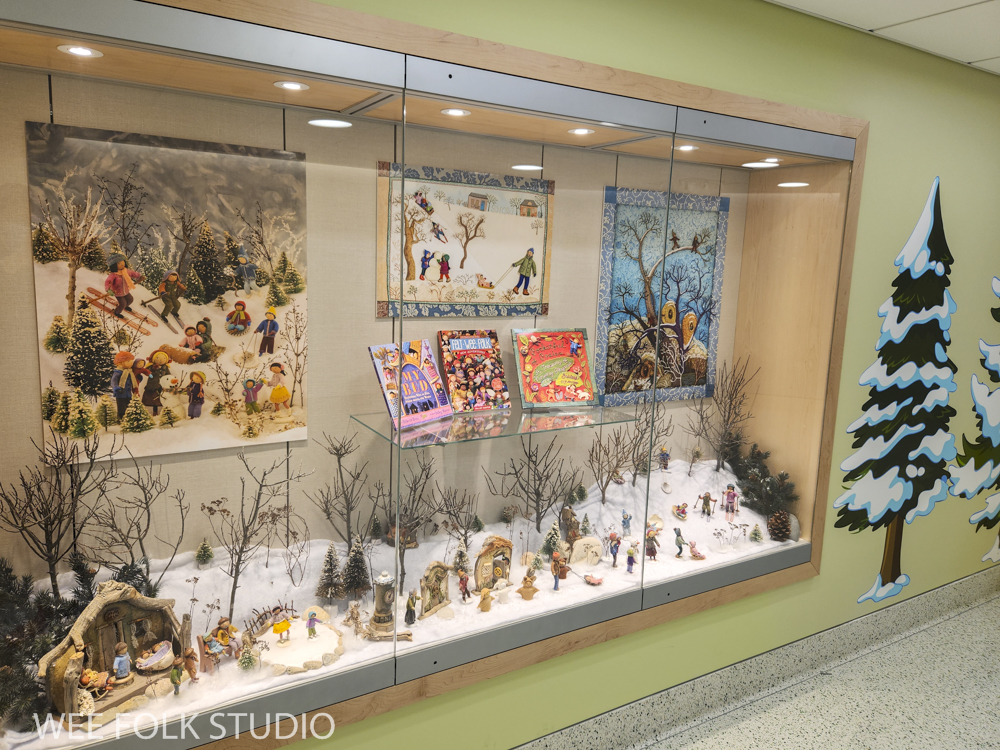
Adaptive Sled for the snow scene gives an inside view in photos and video of how I constructed an adaptive sled for the snow scene.
HARVEST TIME
During 2023, I posted 6 more segments about the fall scene in my series of seasonal landscapes. There’s one more part to go, which will be published in 2024.
Harvest Time – Part 3 (felt leaves)
Harvest Time – Part 4 (embroidered plants)
Harvest Time – Part 5 (toadstool mushroom)
Harvest Time – Part 6 (underground)
Harvest Time – Part 7 (wee folk)
Harvest Time – Part 8 (storage containers)


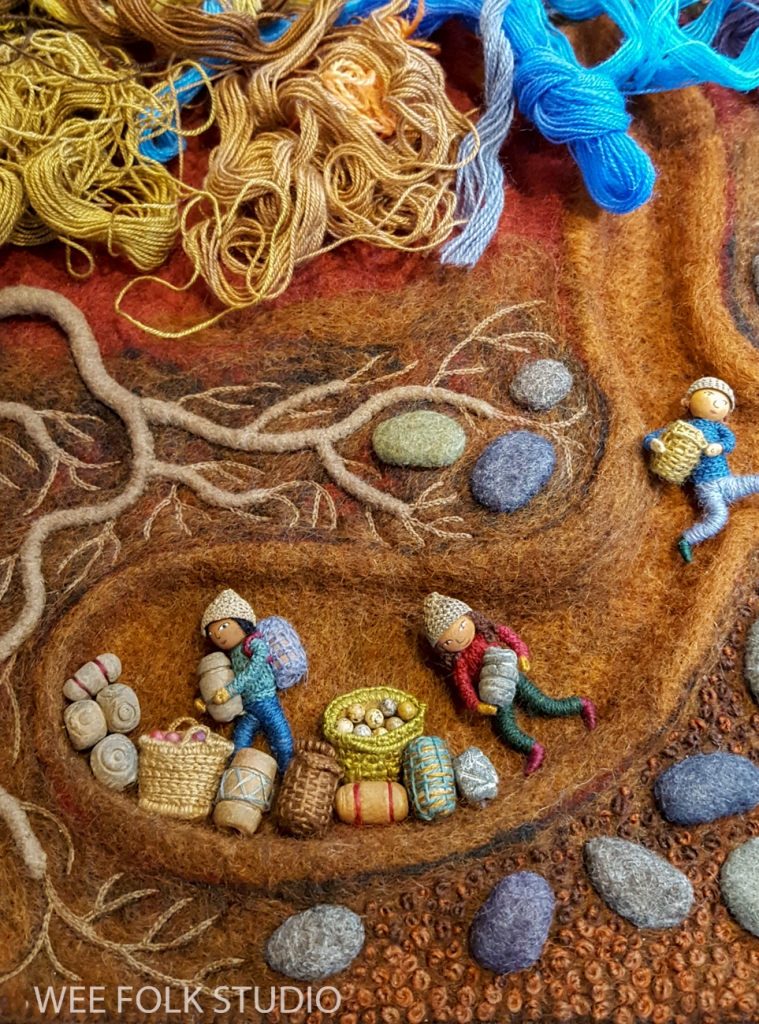

SUMMERTIME
This past year I finally completed Summertime, the fourth piece in my series of seasonal landscapes. In the coming year, I will post photos, videos and commentary about various aspects of the project.

Normally, I wait until a piece is finished before writing blog posts about it, but I couldn’t wait to give you a preview of Summertime and whet your appetite for what’s to come! The following 2 posts show photos and stitch minute videos documenting my process, including this raspberry video.
Studio News
Summertime makes the finish line!
Baltimore Oriole Sneak Peek includes photos and videos of creating the bird for Summertime.
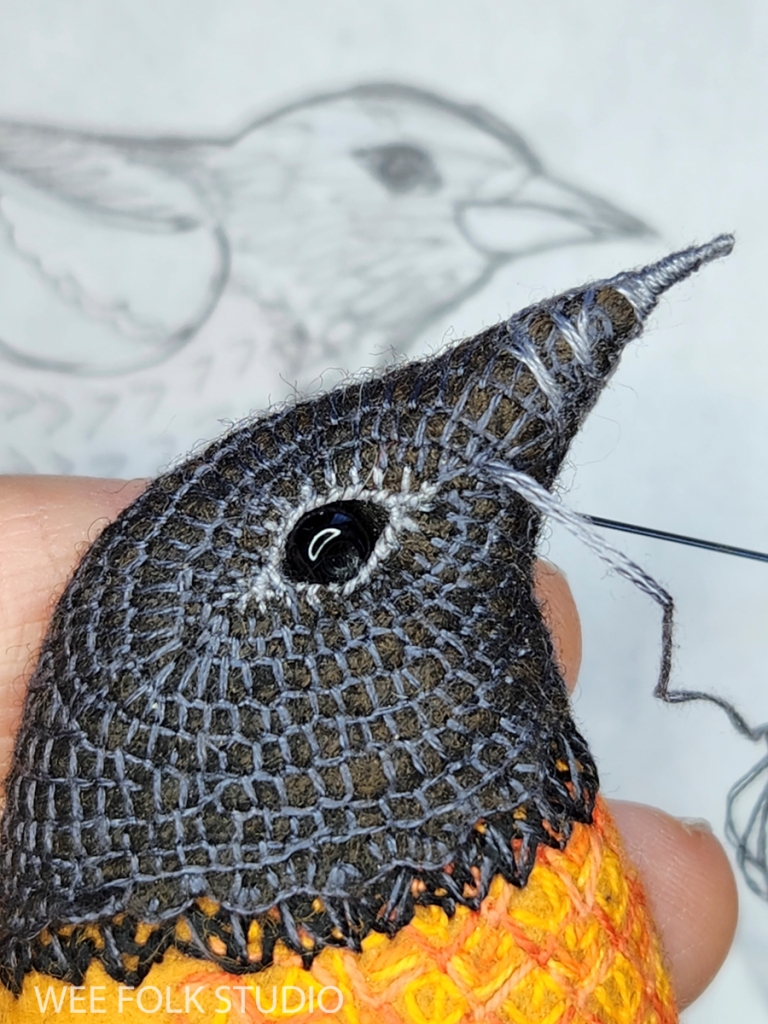
BEDTIME STITCHES TOURING EXHIBITION
Bedtime Stitches in Pacific Northwest shared the news that Bedtime Stitches was on view last winter at the Pacific Northwest Quilt & Fiber Arts Museum.
Summer Tidbits announced several opportunities to see my work in person, including Bedtime Stitches last summer at the Southeastern Quilt and Textile Museum and this past fall at the Southern Vermont Arts Center.
Bedtime Stitches 2024 Schedule:
March 2 – May 5, 2024, Upcountry History Museum, Greenville, SC
July 27, 2024 – mid-Feb. 2025, Albany Institute of History and Art, Albany, NY.

THE WEE WORLDS OF SALLEY MAVOR
Wee Worlds on view in Vermont is an overview of my exhibition, The Wee Worlds of Salley Mavor at the Southern Vermont Arts Center (on view until Jan. 7, 2024)
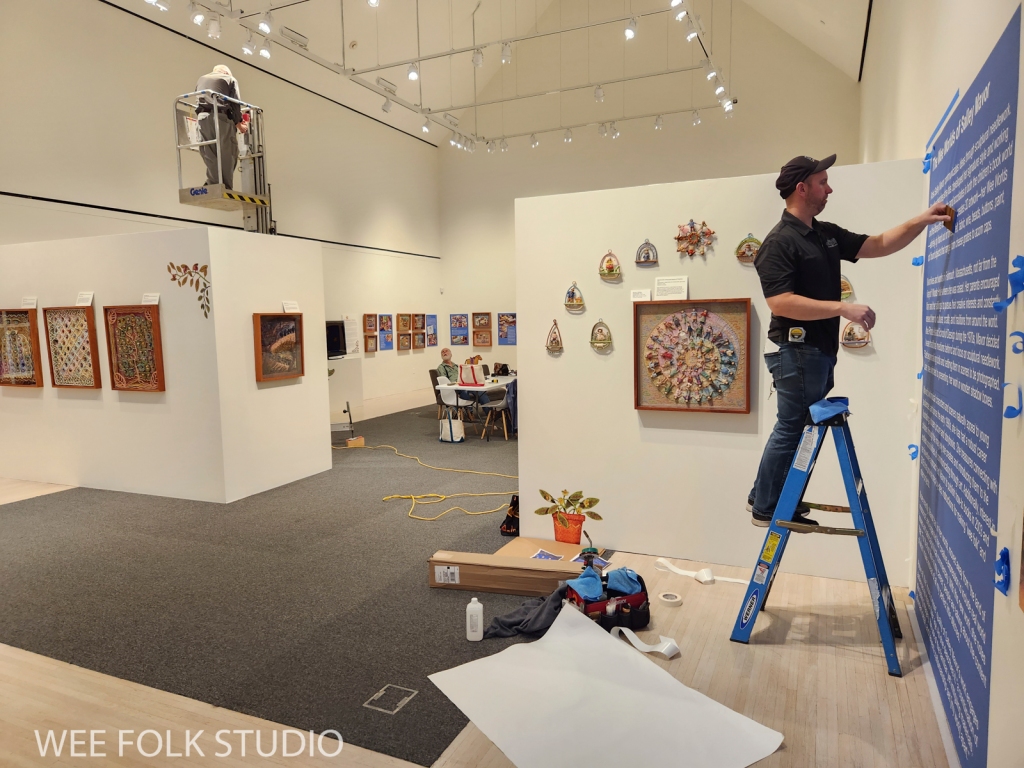
This was the first time that all four pieces in my recently completed seasonal landscape series were shown together. Over the past few years, I’ve shared photos, commentary and videos that give a behind the scenes peek at how I created these bas-relief embroideries. You can catch up in the archives here: Frosty Morning, Mossy Glen, Summertime, Harvest Time. Summertime will be added in 2024.
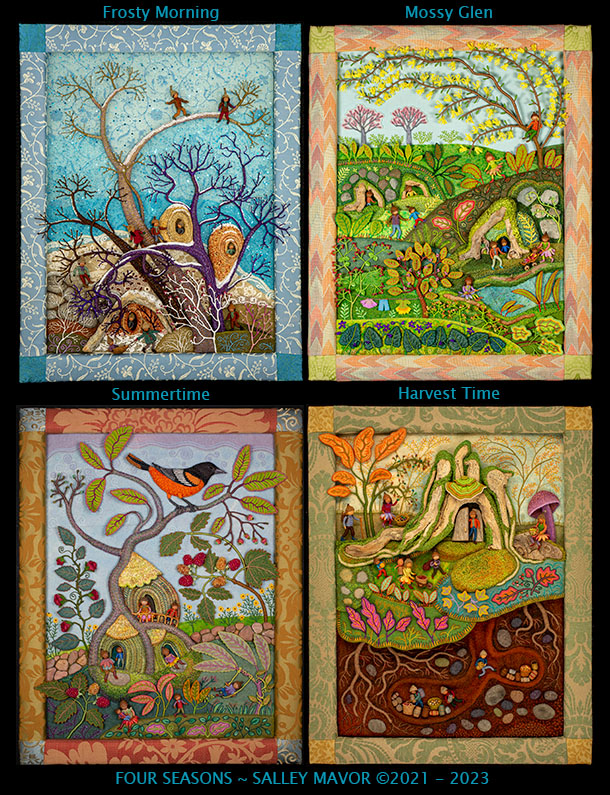
Wee Worlds exhibition video Watch a video of the Vermont show and find out the reasons behind my decision to stop selling my original pieces.
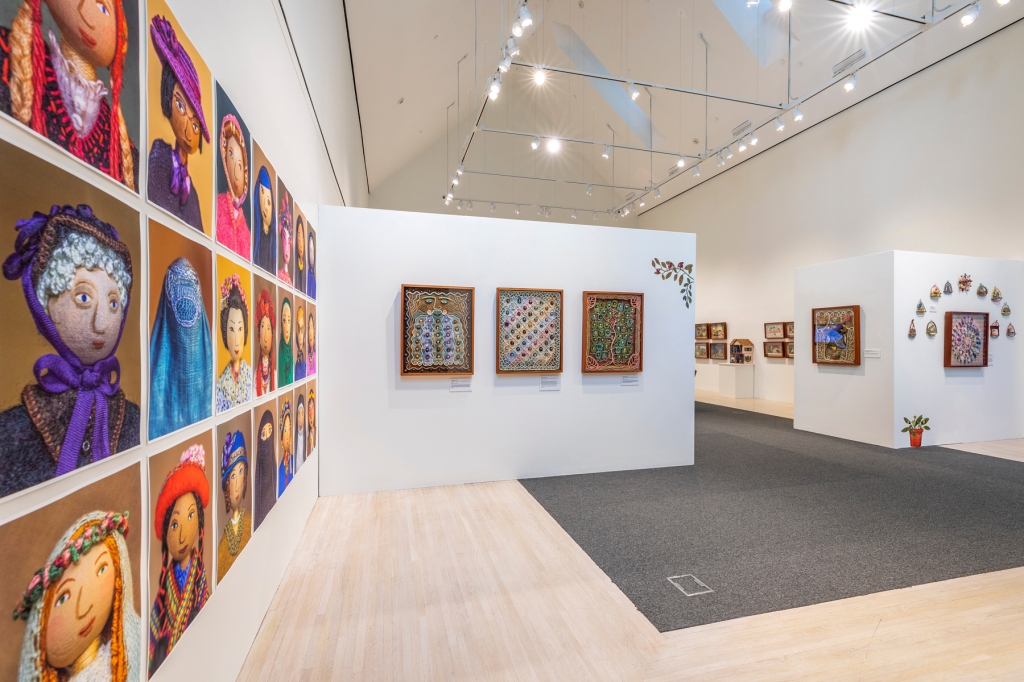
Wall of Wee Folk describes how I gathered and affixed the display of about 150 little dolls to the gallery wall.
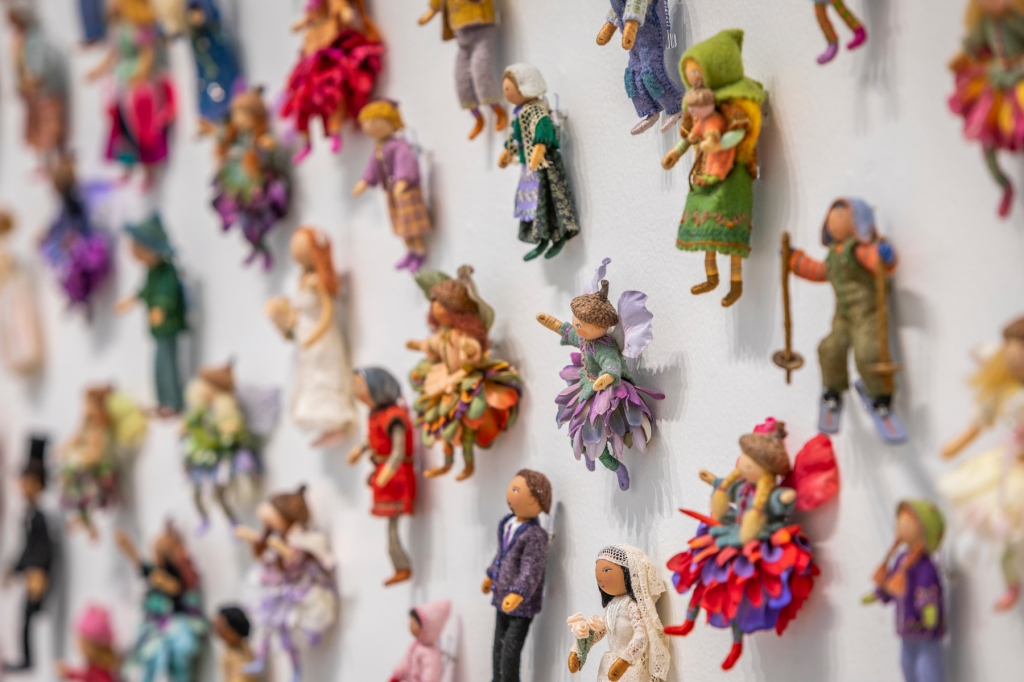
NEW PUZZLES
NEW Wee Folk Group Portrait gives an inside view of setting up and taking a photo of 20 years worth of little dolls for a puzzle image.

What’s new in my shop announces the addition of more jigsaw puzzles and a CD that feature my artwork.

Vintage Valentine gives a background look at collecting and arranging vintage spools for my nostalgic assemblage and introduces a new jigsaw puzzle and a spiral bound notebook featuring its image.

To keep up with new posts, please subscribe to this blog. Your contact info will not be sold or shared. If you’d like to see more frequent photos tracking the projects in my studio, please follow me on Facebook and/or Instagram.


